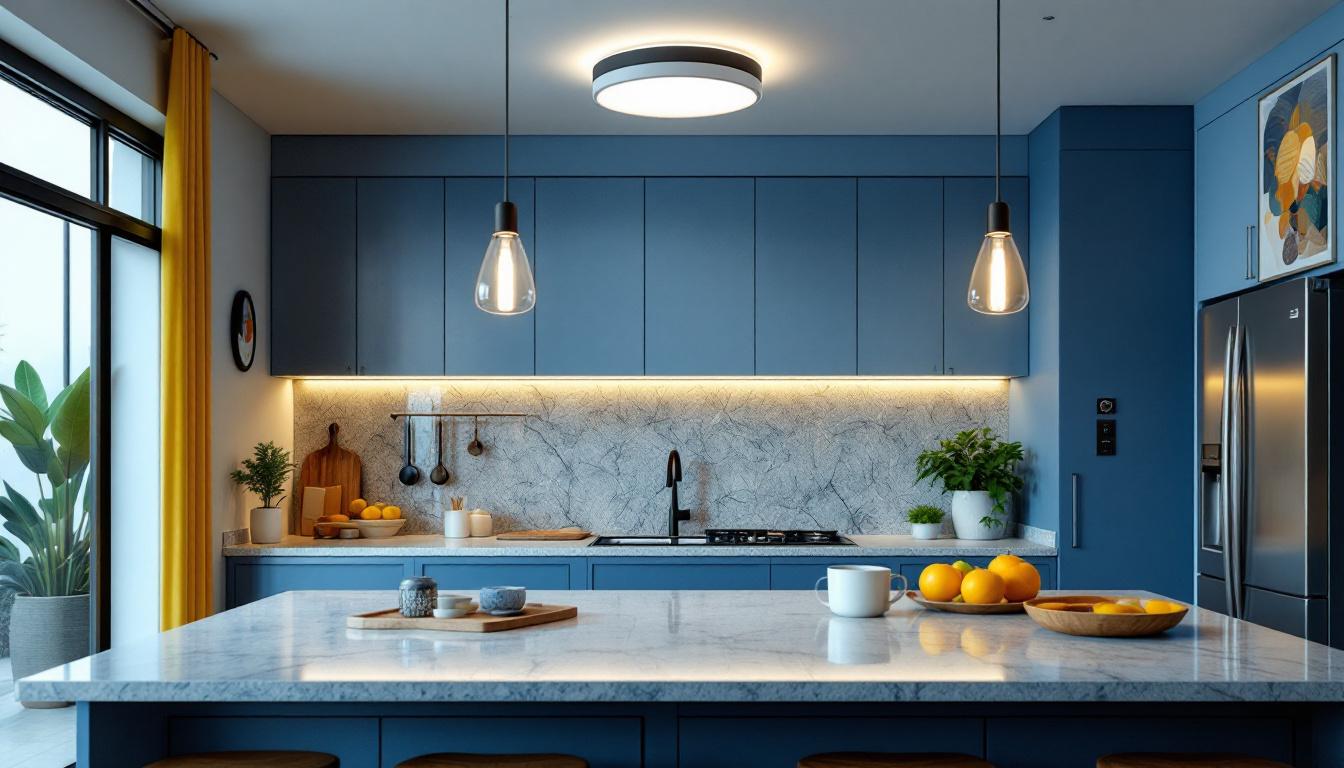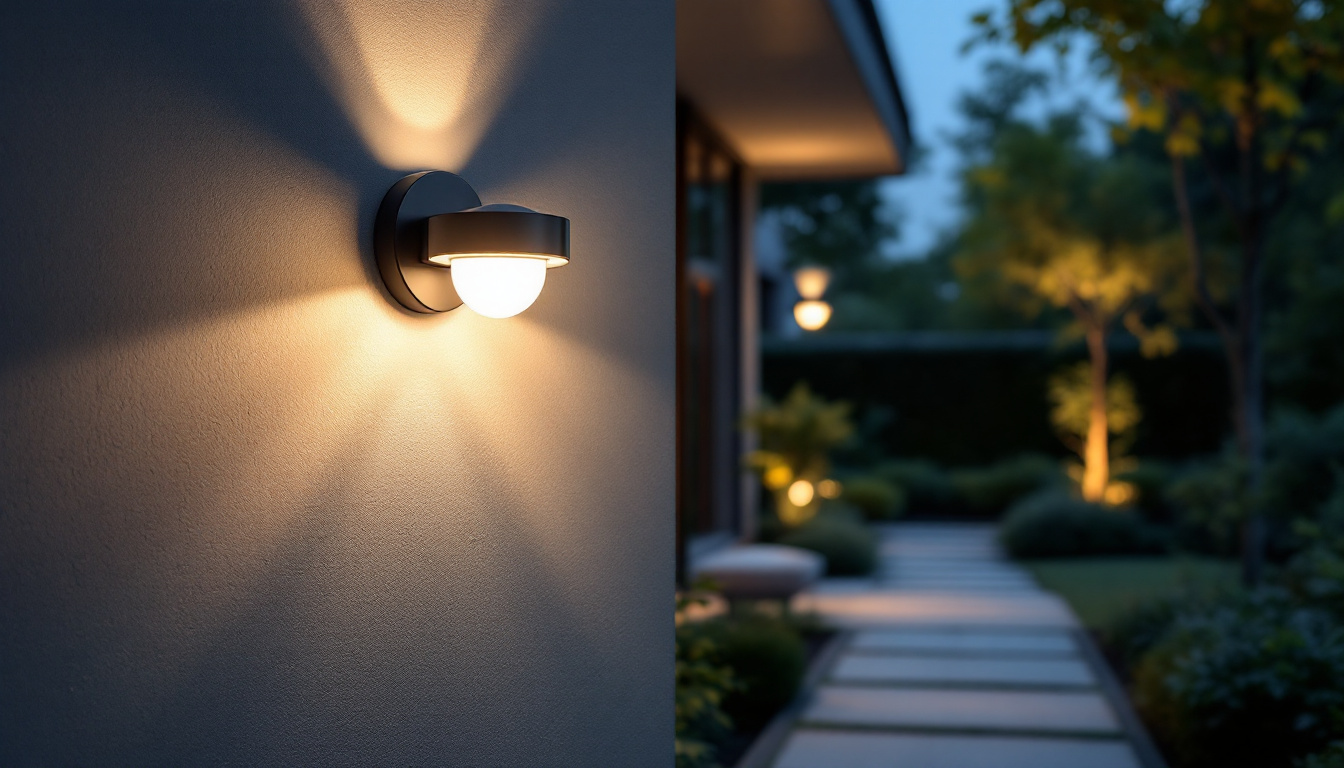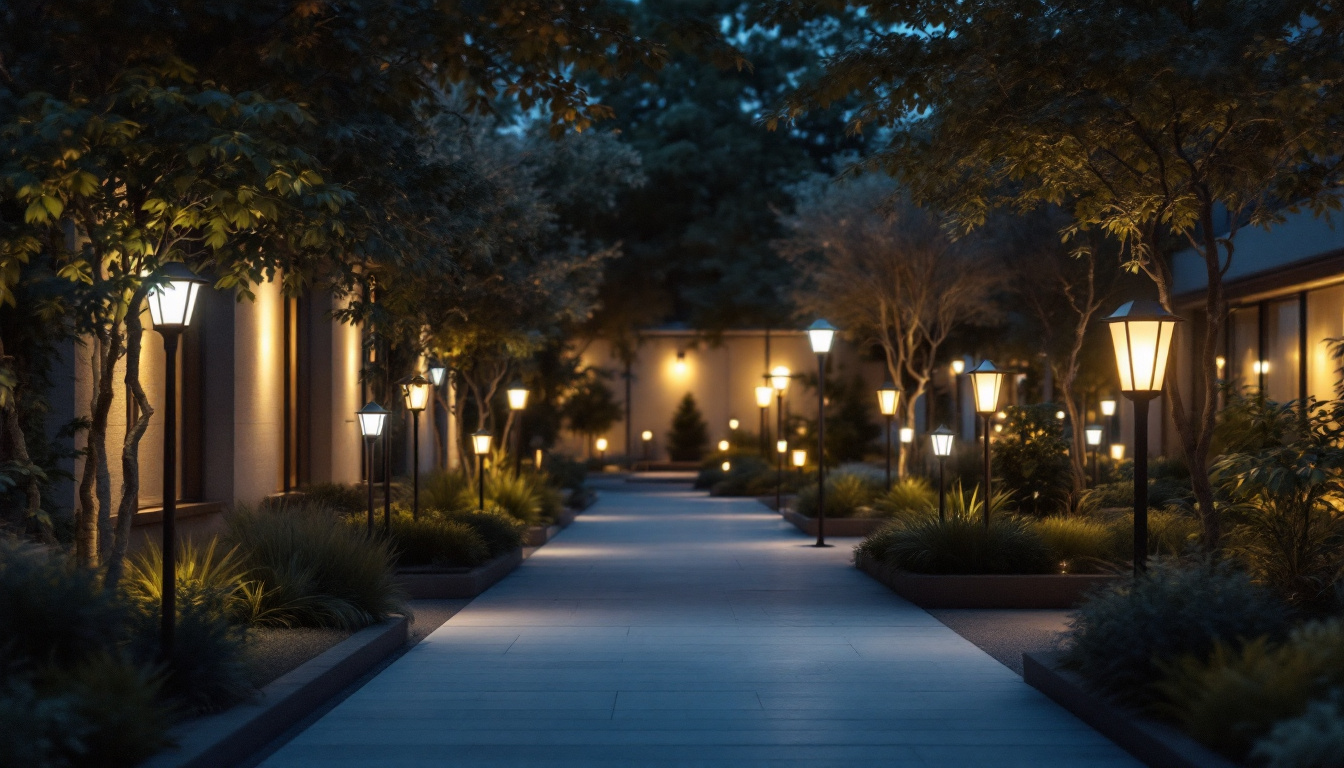
In the ever-evolving world of lighting technology, LED light bulbs have emerged as a game-changer. For lighting contractors, understanding the nuances of LED technology is essential not only for providing quality service but also for staying competitive in the market. This article aims to equip contractors with valuable insights and practical advice on LED light bulbs, ensuring they can make informed decisions for their clients.
LED, or Light Emitting Diode, technology has revolutionized the way we illuminate spaces. Unlike traditional incandescent or fluorescent bulbs, LEDs convert electricity directly into light, resulting in higher efficiency and lower energy consumption. This innovation has not only transformed residential lighting but has also made significant inroads into commercial and industrial applications, where the demand for energy efficiency is paramount.
LEDs work by passing an electric current through a semiconductor material, which then emits light. This process is known as electroluminescence. One of the key advantages of LEDs is their longevity; they can last up to 25 times longer than incandescent bulbs. This longevity not only reduces replacement costs but also minimizes waste, making LEDs a more environmentally friendly option. Additionally, the durability of LEDs means they are less prone to breakage compared to traditional bulbs, which is particularly beneficial in high-traffic areas or outdoor settings where exposure to elements can be a concern.
Energy efficiency is one of the most compelling reasons to recommend LED bulbs to clients. They consume significantly less power than traditional lighting options, which translates into lower electricity bills. For contractors, highlighting these savings can be a persuasive selling point when discussing options with clients. The ability to dim LED lights without losing efficiency also adds to their appeal, allowing for customizable lighting solutions that can enhance the ambiance of any space.
Moreover, many regions offer rebates or incentives for using energy-efficient lighting solutions, further enhancing the financial appeal of LED installations. Contractors should stay informed about local programs that can benefit their clients, making the transition to LED lighting even more attractive. In addition to financial incentives, the reduced heat output of LEDs contributes to lower cooling costs in buildings, as they generate significantly less heat compared to incandescent bulbs. This aspect not only improves energy efficiency but also contributes to a more comfortable environment, particularly in warmer climates where air conditioning usage is prevalent.
With a wide array of LED products available on the market, selecting the right bulbs for specific applications can be daunting. Contractors need to consider various factors to ensure optimal performance and satisfaction for their clients.
Color temperature is a critical aspect of LED lighting that affects the ambiance of a space. Measured in Kelvin (K), color temperatures can range from warm (2700K) to cool (5000K and above). Understanding the desired atmosphere for a given space is crucial. For example, warm white light is often preferred in residential settings, while cooler temperatures may be more suitable for commercial environments.
Additionally, the Color Rendering Index (CRI) is another important factor. A higher CRI (above 80) indicates that the light source accurately represents colors, which is particularly important in settings such as retail or art galleries where color perception is essential. In residential spaces, a CRI of 90 or above can enhance the overall aesthetic appeal, making colors appear more vibrant and true to life. This is especially beneficial in kitchens and living rooms where families gather and spend time together, as it can create a warm and inviting atmosphere.
When discussing LED bulbs, it is essential to understand the relationship between wattage and lumens. Unlike traditional bulbs, which are often rated by wattage, LEDs are rated by their brightness in lumens. A higher lumen count means a brighter light output, allowing contractors to recommend bulbs that meet the specific lighting needs of their clients.
For instance, a 10-watt LED bulb can produce the same amount of light as a 60-watt incandescent bulb, making it a more energy-efficient choice. Educating clients on this conversion can help them appreciate the benefits of switching to LED technology. Furthermore, it’s worth noting that LEDs not only consume less energy but also have a significantly longer lifespan—often lasting up to 25,000 hours or more. This longevity not only reduces replacement costs but also minimizes waste, making LEDs a more environmentally friendly option. As sustainability becomes increasingly important to consumers, highlighting these benefits can enhance the appeal of LED products in any lighting project.
Proper installation is critical to maximizing the performance and lifespan of LED light bulbs. Contractors should adhere to best practices to ensure that clients receive the best possible results.
Before installation, it is essential to confirm that the LED bulbs are compatible with existing fixtures and dimmer switches. Some older dimmer switches may not work effectively with LED technology, leading to flickering or reduced performance. In such cases, recommending compatible dimmers or retrofitting existing fixtures may be necessary.
Furthermore, ensuring that the fixtures are rated for the wattage of the LED bulbs is crucial. Overloading a fixture can lead to overheating and potential hazards, so contractors must double-check these specifications before proceeding with installation. Additionally, it is beneficial to educate clients about the advantages of upgrading to LED-compatible fixtures, which not only enhance performance but also contribute to energy savings in the long run. This proactive approach can help clients make informed decisions that align with their energy efficiency goals.
Heat management is another important consideration when installing LED bulbs. Although LEDs produce less heat than traditional bulbs, they still generate some heat that must be dissipated to prevent damage. Ensuring adequate ventilation and using fixtures designed for LED applications can help maintain optimal performance and longevity.
Moreover, the placement of LED fixtures plays a significant role in heat management. Installing LED bulbs in enclosed or poorly ventilated spaces can lead to heat buildup, which may shorten their lifespan. Contractors should advise clients on the best locations for installation, such as open areas or fixtures with built-in cooling features. Additionally, utilizing heat sinks and ensuring that the bulbs are not covered by insulation can further enhance heat dissipation, ensuring that the LEDs operate efficiently and consistently over time.
While LEDs are known for their durability, occasional maintenance and troubleshooting may be necessary. Contractors should be prepared to address common issues that clients may encounter.
One of the most common problems with LED lighting is flickering, which can stem from incompatible dimmer switches, poor connections, or fluctuations in voltage. Contractors should educate clients on these potential issues and how to address them. In some cases, simply replacing a dimmer switch or tightening connections can resolve the problem.
Another issue is the premature failure of LED bulbs. While rare, it can occur due to poor quality products or improper installation. Contractors should emphasize the importance of using high-quality LED bulbs from reputable manufacturers to minimize the risk of early failure. Additionally, educating clients on the signs of a failing LED bulb—such as inconsistent brightness or color temperature shifts—can help in early detection and replacement, ensuring optimal lighting conditions are maintained.
Encouraging clients to perform regular maintenance on their LED lighting systems can extend the lifespan of the bulbs. Simple tasks such as dusting fixtures and checking for loose connections can make a significant difference in performance. Additionally, contractors should remind clients to monitor their lighting systems and report any unusual behavior promptly.
Moreover, it is beneficial for clients to schedule periodic professional inspections, especially in commercial settings where lighting is critical to operations. During these inspections, contractors can assess the entire lighting system, ensuring that all components are functioning correctly and efficiently. This proactive approach not only helps in identifying potential issues before they escalate but also optimizes energy consumption, contributing to cost savings in the long run. Clients should also be informed about the importance of using the correct wattage and voltage for their specific LED fixtures to avoid damage and ensure safety.
The lighting industry is constantly evolving, with new technologies and trends emerging regularly. For lighting contractors, staying informed is crucial to providing the best service possible.
Smart lighting is one of the most significant trends in the lighting industry. With the rise of IoT (Internet of Things) technology, smart LED bulbs can be controlled remotely, allowing users to adjust brightness, color, and timing through mobile apps or voice commands. Contractors should familiarize themselves with these products to offer clients innovative solutions that enhance convenience and energy efficiency.
Additionally, advancements in LED technology continue to improve efficiency and light quality. Contractors should keep an eye on new product releases and innovations that can benefit their clients.
Joining industry associations and attending trade shows can provide valuable networking opportunities for lighting contractors. Engaging with peers and industry leaders can lead to insights on best practices, emerging products, and market trends. Continuous professional development is essential for staying competitive and knowledgeable in the field.
LED light bulbs represent a significant advancement in lighting technology, offering numerous benefits for both contractors and clients. By understanding the fundamentals of LED technology, selecting the right products, adhering to best installation practices, and staying informed about industry trends, lighting contractors can provide exceptional service and solutions to their clients.
As the demand for energy-efficient lighting continues to grow, embracing LED technology will not only enhance the quality of service provided but also contribute to a more sustainable future. By equipping themselves with the right knowledge and tools, lighting contractors can thrive in this dynamic industry.
Ready to elevate your lighting projects with the most efficient LED technology? At LumenWholesale, we provide lighting contractors like you with the highest quality, spec-grade LED light bulbs at unbeatable wholesale prices. Say goodbye to local distributor markups and hello to a vast selection of reliable, high-performance lighting that meets the strictest industry standards. With the convenience of bulk buying, free shipping, and no hidden fees, you can trust LumenWholesale to light up your projects while maximizing your budget. Don’t compromise on quality or value—discover wholesale lighting at the best value today and make a bright investment in your business’s future.

Discover the frequent pitfalls lighting contractors face when working with vintage bulbs.

Discover expert tips on selecting the perfect flush mount ceiling light for your kitchen.

Discover essential insights and practical tips for lighting contractors on selecting and installing exterior motion lights.

Discover the essentials of LED outdoor lamps in just five minutes with this concise guide tailored for lighting contractors.